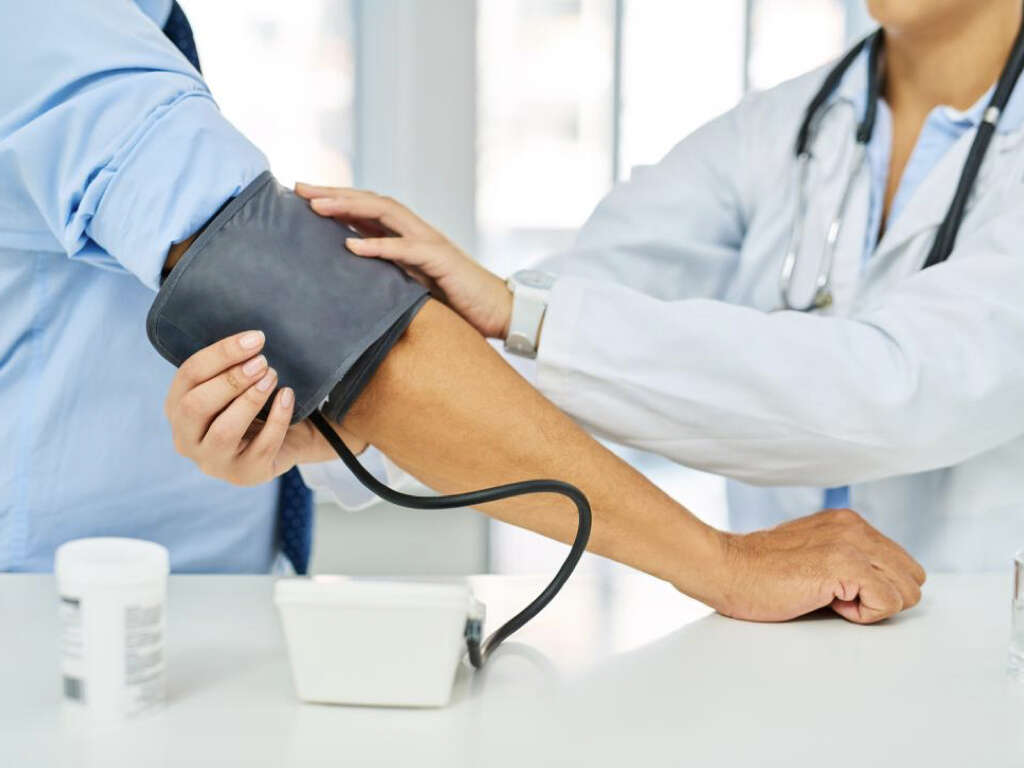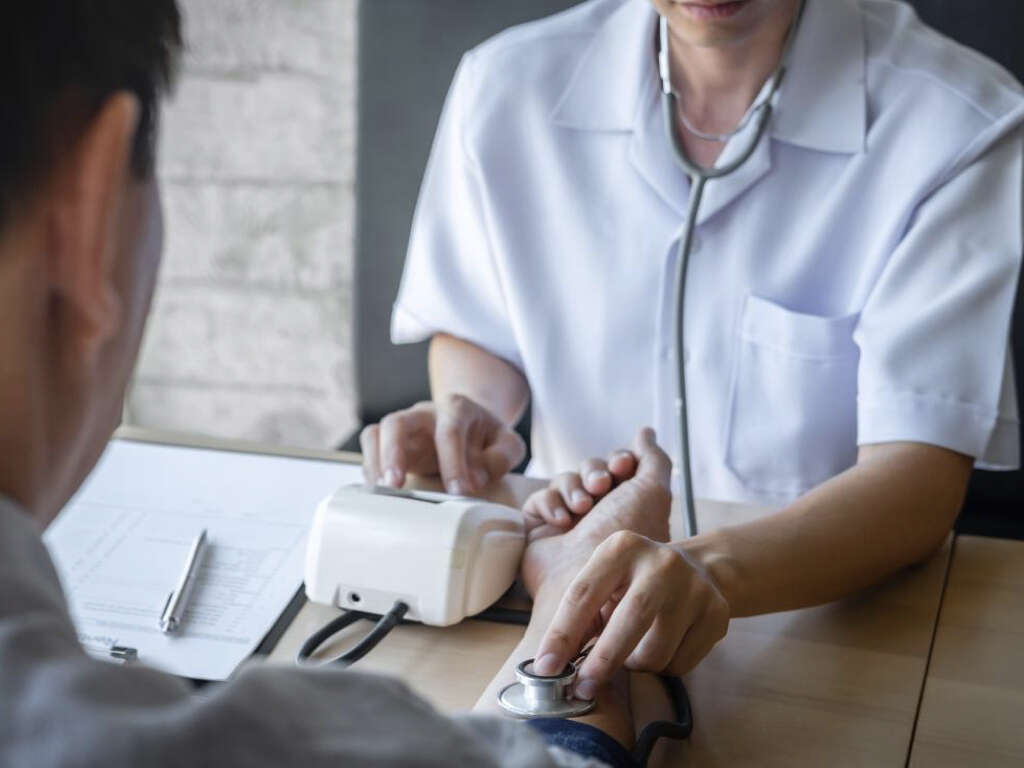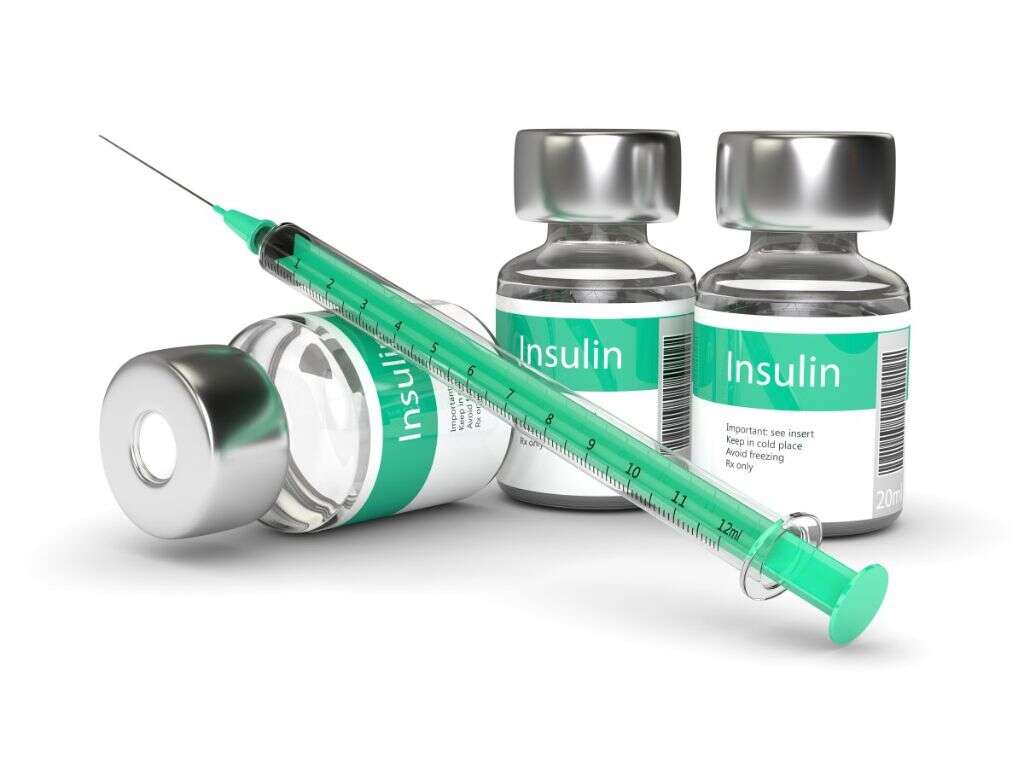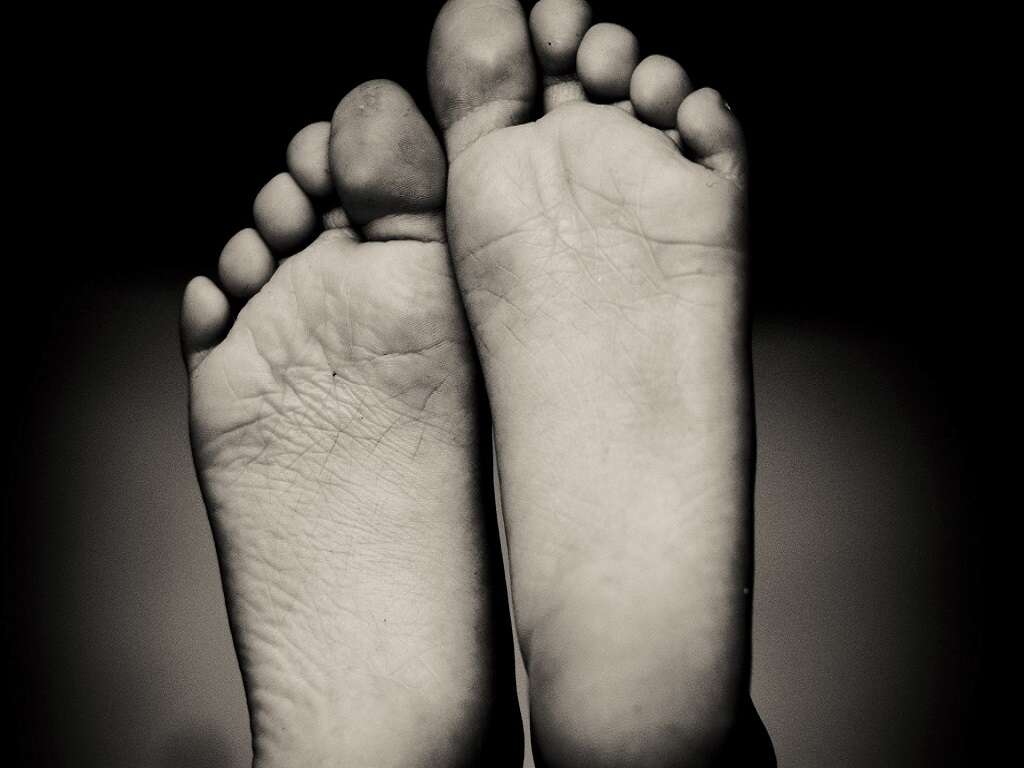What Is Diabetes Insipidus?
Despite the similar-sounding name, diabetes insipidus is unrelated to diabetes mellitus, the condition that affects tens of millions of people’s ability to maintain normal blood sugar levels. Diabetes insipidus instead is a rare condition that affects the kidneys, making them unable to maintain appropriate fluid levels. The only characteristic the two conditions have in common is that they both cause increased thirst and urination.
The word diabetes comes from a Greek word that means siphon, referring to the increased amount of fluids taken in and excreted. Insipidus is a Latin term for something that lacks taste. Being tasteless may sound like a strange way to describe someone’s urine, but it actually refers to the symptom of having urine that is very diluted and pale in color. Learn how to recognize, diagnose and treat the four kinds of diabetes insipidus.

1. Increased Urination
The symptoms that most often bring people to the doctor are polyuria, an excessive need to urinate and nocturia, waking up to use the bathroom during the night. An average person passes between one and two quarts of urine per day. In contrast, a person with diabetes insipidus excretes up to five gallons.
The increased need to visit the restroom ranges from a minor annoyance to disability, depending on the severity of the condition and a person’s lifestyle. Often the problem interferes with work and social activities and sometimes leads to feelings of embarrassment. Having to get up during the night to use the bathroom can cause disruptions in people’s sleep cycles or even make them wet the bed.

2. Increased Thirst
To compensate for the copious amounts of fluid leaving the body as urine, the body tries to maintain homeostasis by making the person feel thirsty. In all but one type of diabetes insipidus, thirst is a result of excess urination, not its cause, and serves to prevent dehydration.
People with diabetes insipidus usually crave cold beverages. Before diagnosis, they may try to suppress these cravings, thinking they are the cause of their frequent need to visit the bathroom. Parents, misunderstanding the situation, may deny a child’s requests for drinks. However, it is important to keep drinking because the person cannot control the amount of urine produced.

3. Other Symptoms
In adults, muscle pain and irritability are common secondary symptoms. When the body loses too much fluid, there are not enough electrolytes like calcium, potassium and sodium for muscles to function properly. This situation can cause pain, cramping, and an overall feeling of malaise that results in irritability.
Young children may have symptoms that include leaking diapers, constipation and sleep disturbances. In children, symptoms that are caused by chronic dehydration are vomiting, fever and weight loss or developmental delays. Infants with an inherited form of the condition show symptoms immediately after birth.

4. Central Diabetes Insipidus
Four types of diabetes insipidus exist. The first of these is central diabetes insipidus, which occurs when the endocrine system fails to secrete vasopressin. This chemical, also known as antidiuretic hormone, plays many roles in the body, including regulating the amount of urine produced.
A rare genetic defect causes the heritable form of central diabetes insipidus. Otherwise, it usually occurs when the hypothalamus or the pituitary gland is damaged due to a head injury, surgery, infection or uncontrolled inflammation. These injuries prevent the organs from functioning properly and maintaining fluid homeostasis.
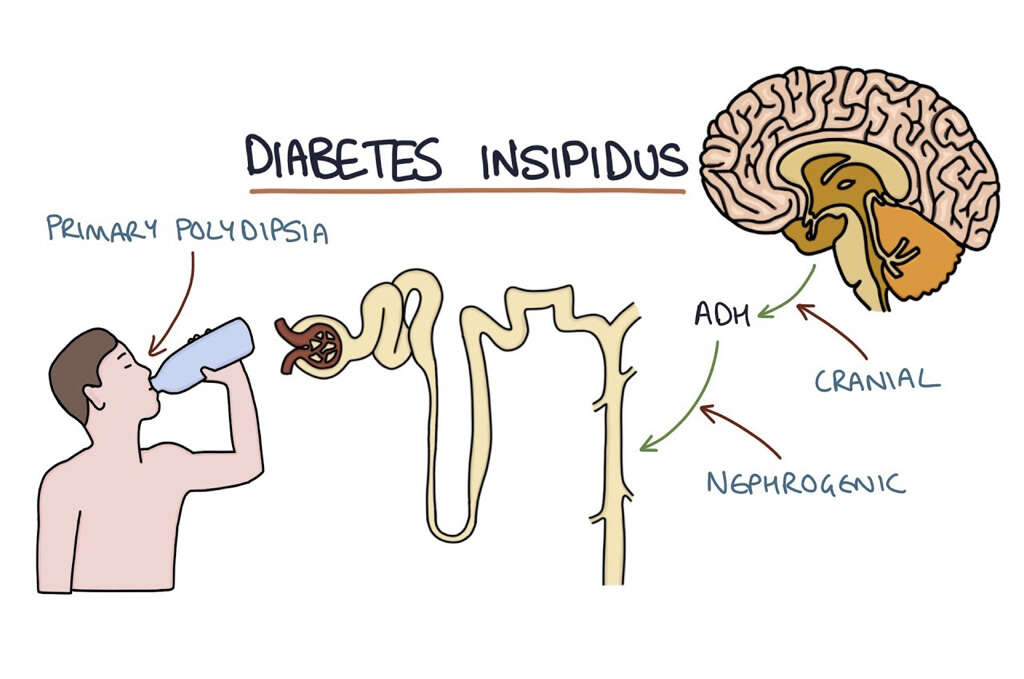
5. Nephrogenic Diabetes Insipidus
Nephrogenic diabetes insipidus is the second type of this condition. It occurs when the body makes enough vasopressin, but the kidneys do not respond to it. This disconnect between the brain and the excretory system causes the kidneys to pull too much water from the blood stream and convert it to urine.
Like other forms of the illness, this type also is heritable in certain cases. Other factors that block vasopressin absorption include too much calcium or too little potassium in the blood, urinary tract blockage or kidney disease. Certain medications like lithium also can cause it.

6. Gestational Diabetes Insipidus
Gestational diabetes insipidus is a temporary condition that only affects pregnant women. Many physiological factors contribute to an expectant mother’s increased need to use the bathroom, so the majority of women do not even realize they have the condition.
There are two possible causes of gestational diabetes insipidus. The first is an increased level of the hormone prostaglandin, which competes with vasopressin and keeps the kidneys from absorbing it. A second cause is an enzyme secreted by the placenta that breaks down vasopressin in the mother’s bloodstream.

7. Dipsogenic Diabetes Insipidus
This type of diabetes insipidus occurs in people whose over-consumption of liquids results in a lowered concentration of vasopressin and excessive urination. Whereas people with the other types of diabetes insipidus feel thirsty due to fluid loss, those with dipsogenic diabetes insipidus actually cause the excess urination by their habit of drinking an excessive quantity of liquids.
Some mental disorders cause strong feelings of thirst. Known physical causes include damage to the hypothalamus or pituitary glands from tumors, head injuries, brain infections, surgery or uncontrolled inflammation. Sometimes the cause cannot be determined.

8. Diagnosis
To determine whether a person has diabetes insipidus, a doctor first tests a urine sample for glucose to rule out diabetes mellitus and to determine whether the urine is overly diluted. The patient then undergoes a fluid deprivation test in which body weight and blood sodium levels are tested during a period of refraining from liquids.
Blood tests help determine whether glucose and electrolytes are at normal levels. Magnetic resonance imaging provides images of the hypothalamus and pituitary gland and can reveal damage that might impede normal functioning. Lastly, genetic tests are performed if other members of the family have similar symptoms.
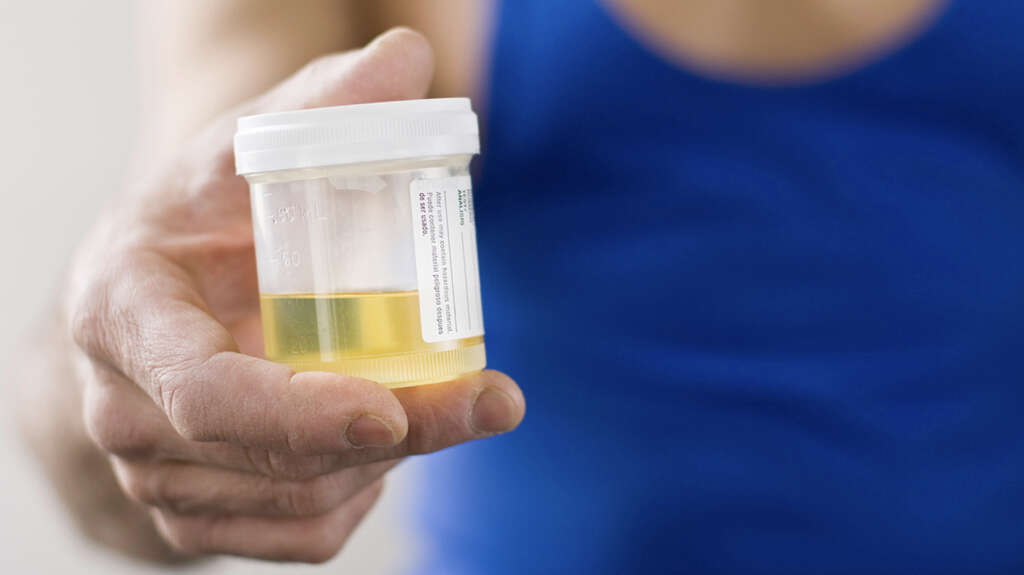
9. Treatment
A synthetic form of vasopressin is helpful for both central and gestational diabetes insipidus. However, there are a number of serious side effects associated with the drug, so patients should use caution. The gestational form goes away after a woman gives birth, whereas central diabetes insipidus requires continuous treatment.
Symptoms of nephrogenic diabetes insipidus are lessened by taking indomethacin. Some patients also have success with diuretics like amiloride or hydrochlorothiazide to reduce the amount of urine produced. Behavioral therapy is the only effective treatment for dipsogenic diabetes insipidus.
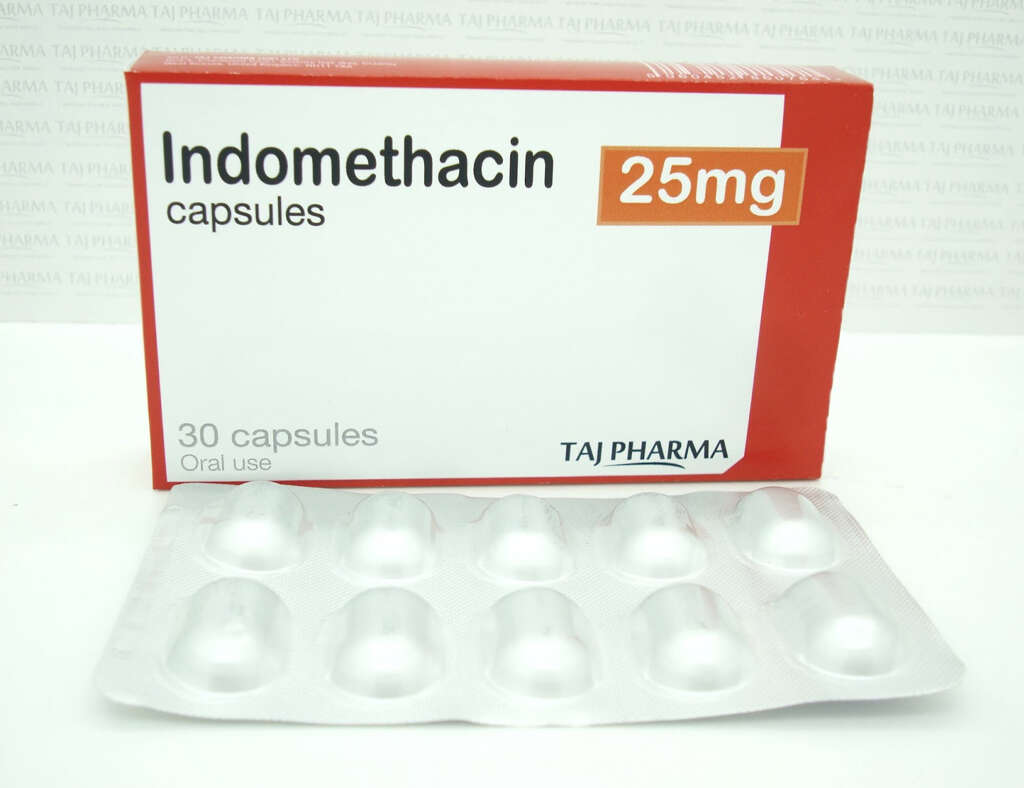
10. Prognosis
People with diabetes insipidus have a good prognosis. The condition does not damage the kidneys, and there is no risk of kidney failure or a future need for dialysis. Potential complications stem from dehydration and resulting imbalances in electrolytes. Chronic symptoms include light-headedness, dry mouth, chapped lips and headache.
Chronic dehydration can cause urinary tract infections and kidney stones, and acute, severe dehydration can be life threatening. A person who experiences mental confusion, dizziness or difficulty standing or walking should seek immediate medical help.






